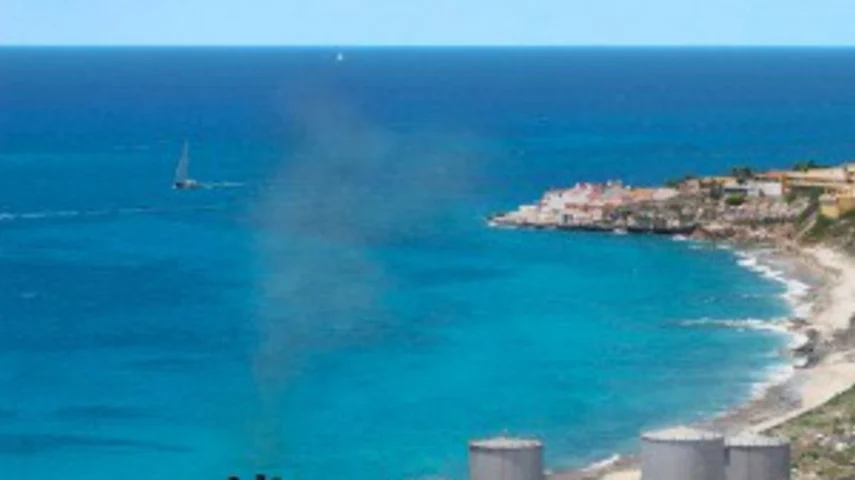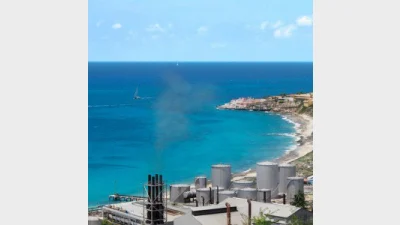AMP Capital buys 5.2pc of Victoria’s desalination project



AMP Capital's Community Infrastructure Fund (CommIF) has bought a 5.2 per cent stake in the largest desalination plant in the southern hemisphere, the Victorian Desalination Project (VDP), according to the fund manager.
The fund manager said the VDP was a rainfall-independent source of drinking water and capable of supplying up to 150 billion litres of water a year, or a third of Melbourne's annual water needs.
The $3.5 billion public private partnership (PPP) desalination project was between the Victorian Government and AquaSure, a company that was contracted to finance, design, construct, operate and maintain the project for 30 years.
The pipeline, which would be 84 kilometres, would connect the plant to Melbourne's existing water supplies, while the project would also purchase renewals energy credits.
AMP Capital's community infrastructure fund manager, Andrea McElhinney, said: "We are delighted to invest in one of Australia's largest PPPs with a world-class design that provides high-quality water to the Melbourne network".
It would deliver stable, long-term monthly service payments to investors from the Victorian Government, she said.
This acquisition would sit alongside CommIF's water sector assets that included Riverland Water and AquaTower.
The fund manager made 5.2 per cent stake purchase from Pacific Partnerships.
Recommended for you
LGT Wealth Management is maintaining a neutral stance on US equities going into 2026 as it is worried whether the hype around AI euphoria will continue.
Tyndall Asset Management is to close down the Tyndall brand and launch a newly-branded affiliate following a “material change” to its client base.
First Sentier has launched its second active ETF, offering advisers an ETF version of its Ex-20 Australian Share strategy.
BlackRock has revealed that its iShares bitcoin ETF suite has now become the firm’s most profitable product line following the launch of its Australian bitcoin ETF last month.











